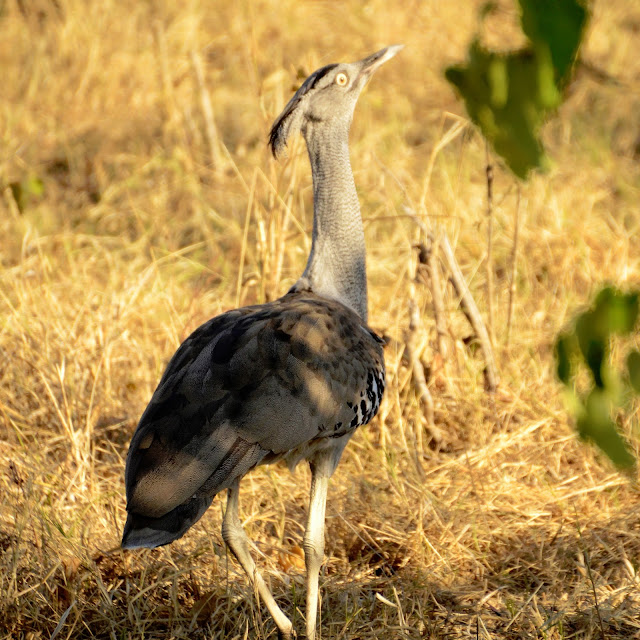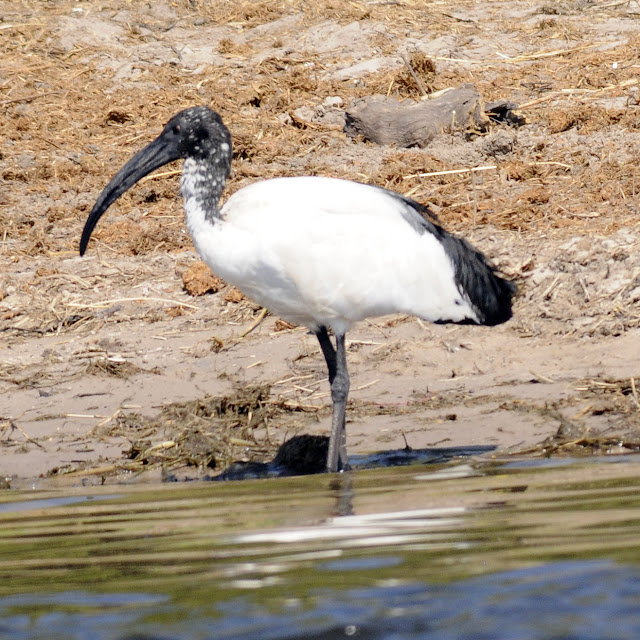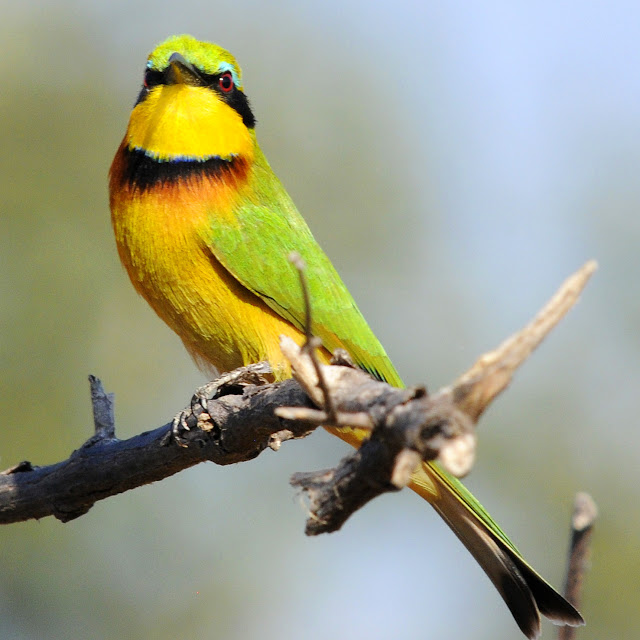This is an African Grey Hornbill; one of the dozens of new bird and animal species I saw in Botswana and Zambia last month. The trip was life-changing and awe-inspiring. I know i'm home from Africa because I am siting at my computer writing a blog post, but in my heart and soul I am in Zambia still. It is not simply because the country is beautiful or because the birds and animals are so thrilling to see - although both are true. It's not just that everyone we met was kind, courteous, and unbelievably happy, despite the desperate poverty and the scourge of AIDS everywhere we were. It's not even that I miss the truly joyful and fulfilled young man that my son Peter has become since he moved to Africa. Not one of those things make it hard for me to settle down to life back in Massachusetts - but all of those experiences combined have kept me in Zambia inside my mind!

This is the first in a series of posts featuring the nature of Southern Africa. It was no problem identifying the African Elephants shown above, but without having Pete around, most of the birds and some of the mammals and insects will be very difficult to ID. On the up side, we'll all learn something new with each blog post!
Every moment of our trip was so exciting and such a shock to the senses that it almost seemed unreal. I was certainly hoping to see Giraffes, for instance, but totally unprepared for whole families of Giraffes and simply irresistible Giraffe babies everywhere! Our excellent guide at Muchenje Lodge in Botswana, KB, knows everything there is to know about every bird, animal, and insect we saw; and every one has a fascinating story to tell. Too bad KB isn't here to help me write up these blog posts for you!
This magnificent and massive beast is a Greater Kudu. The Greater Kudu is a game animal elsewhere in Africa, but in Chobe national Park, where Muchenje Lodge is located, the animals are protected from hunters and are thriving. The Kudu was one of many ungulates we got to see up close and personally!

The African Fish Eagle is the national bird of Zambia, and was one of the birds I was very much hoping to see. They look very much like the American Bald Eagle, don't they? Well, we saw a great many African Fish Eagles, and they are much more like the American Eagle than you could imagine. Tom even managed to capture images of the spectacular mating dance of the Fish Eagles, where the pair clasp on to each other and drop from the sky in a terrifying spin that must be seen to be believed. It just happens that I have seen the same deadly-looking drop right here in Framingham, Massachusetts a few years back. In that case, it was an American Bald Eagle practicing his moves in preparation for mating season. I never would have believed I'd see such a fabulous sight again in my lifetime - especially half a world away!
I hope all my Nature of Framingham readers enjoyed these images from the Nature of Africa. The trip changed my life in many ways, and I hope to share the wonder of it all with each of you, too!





















